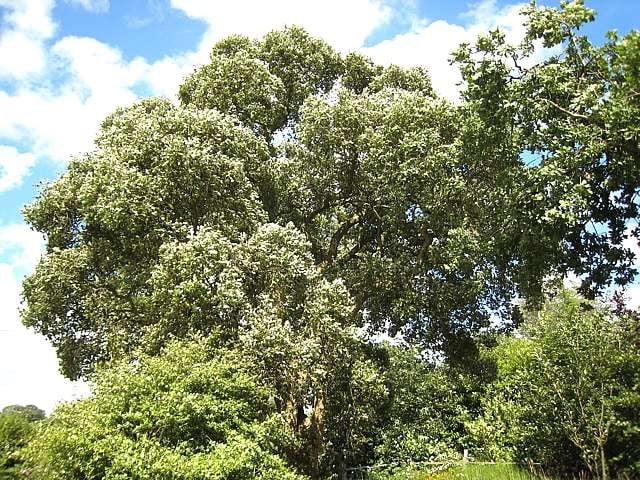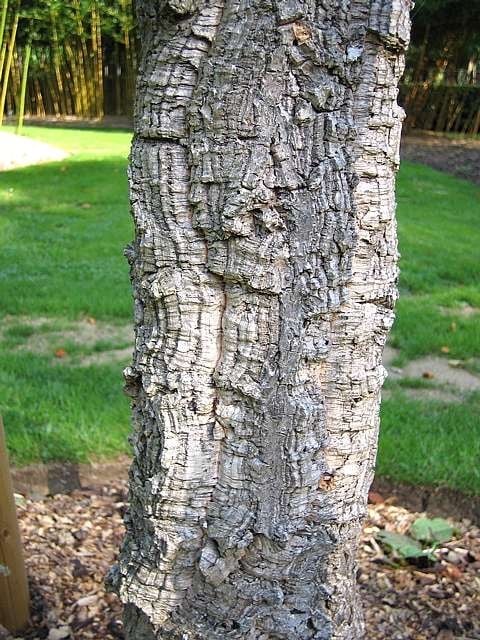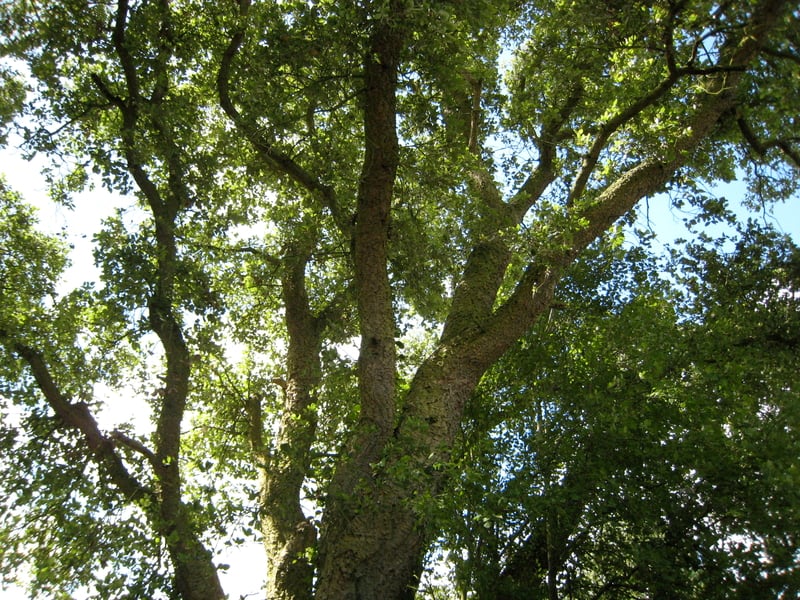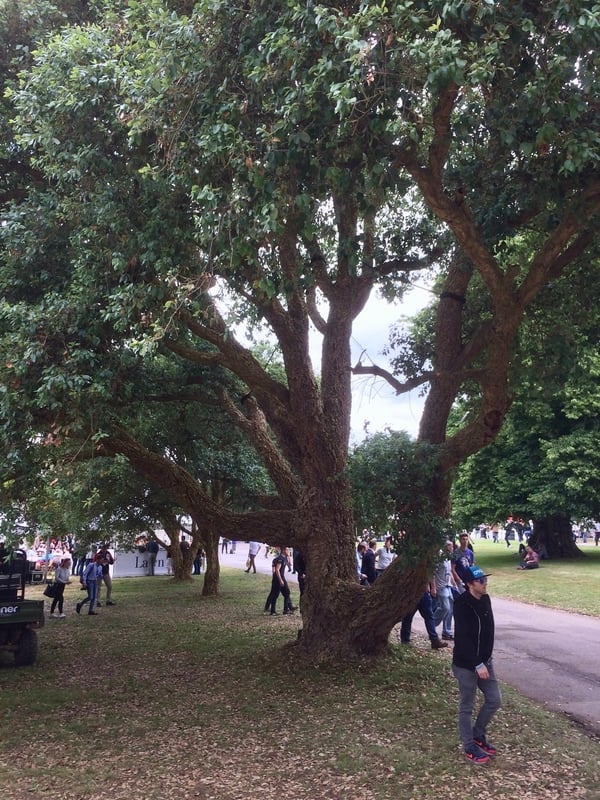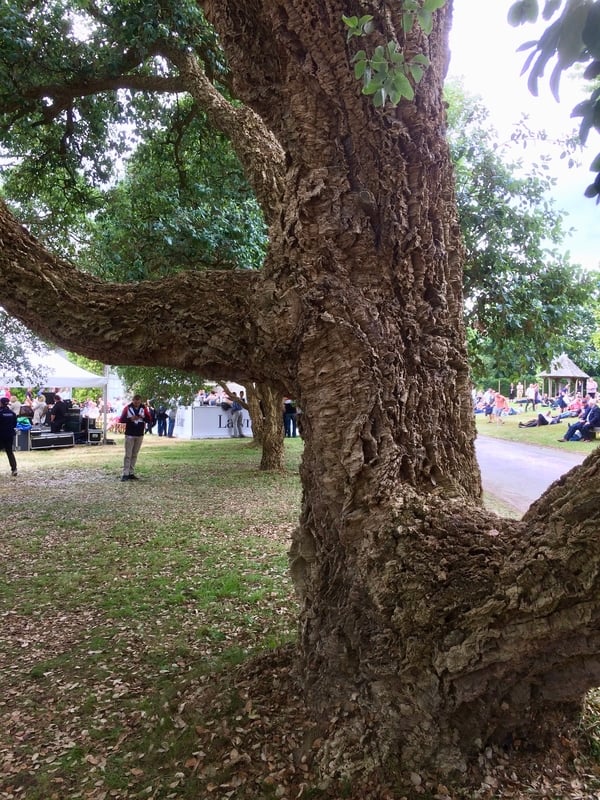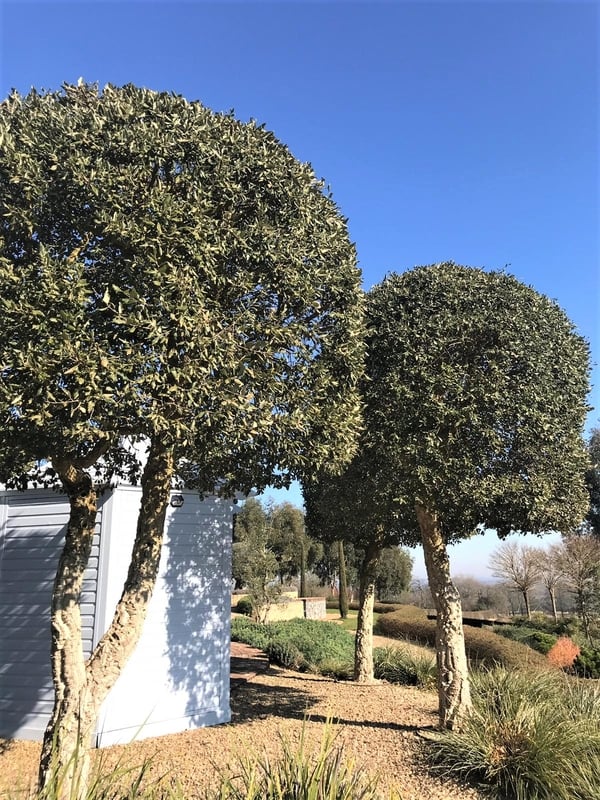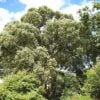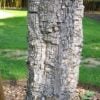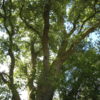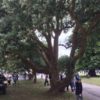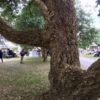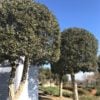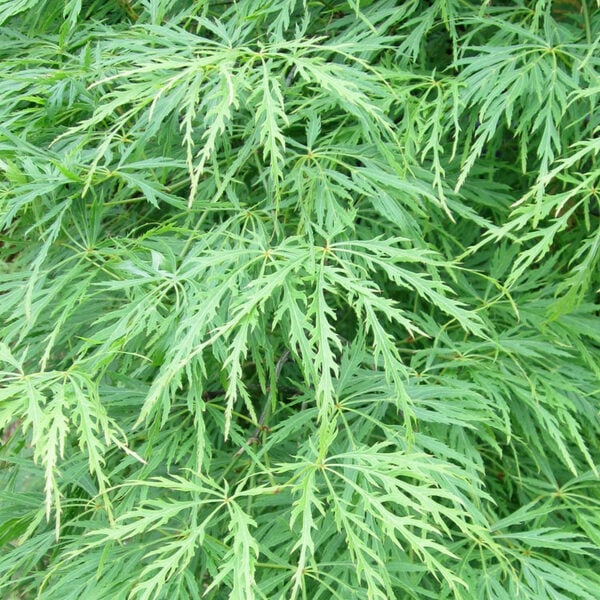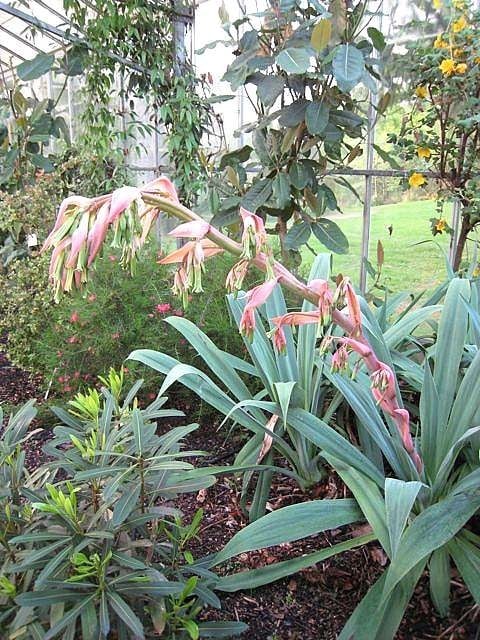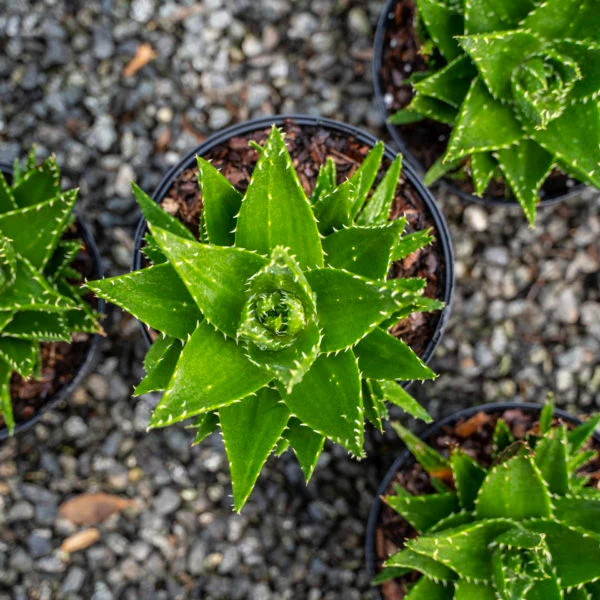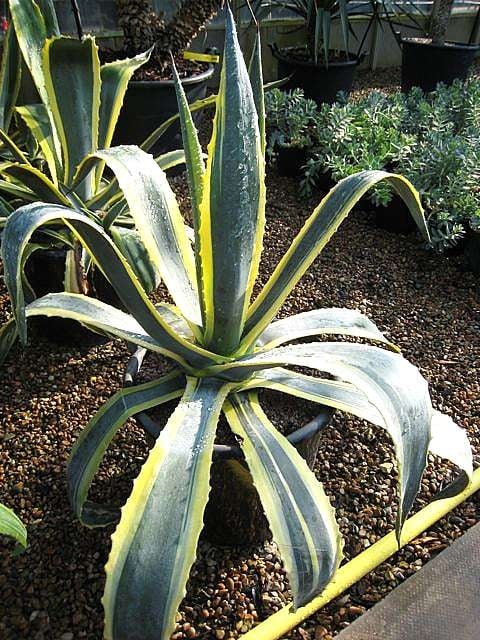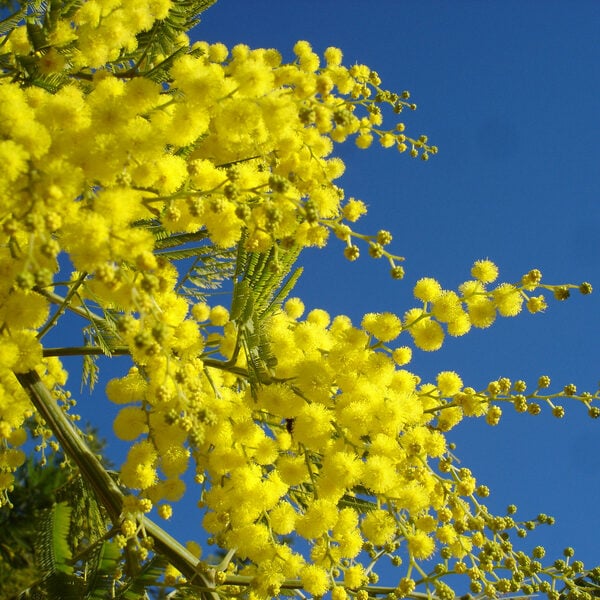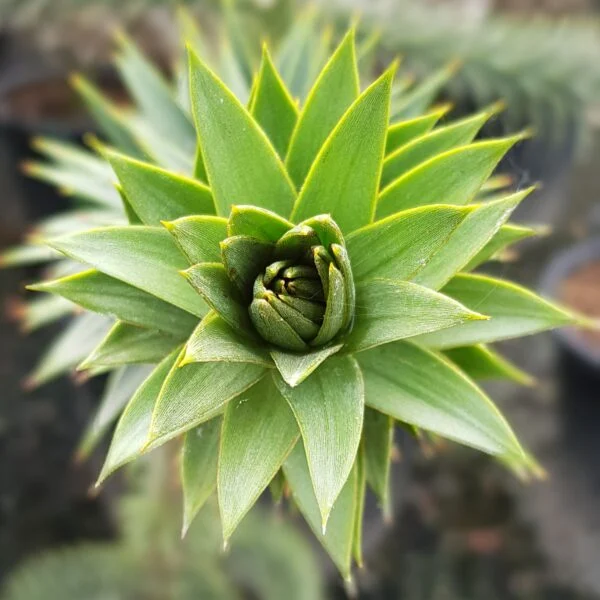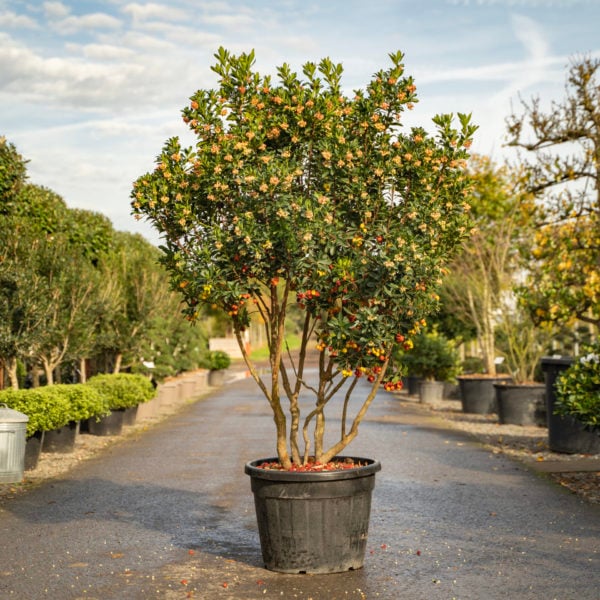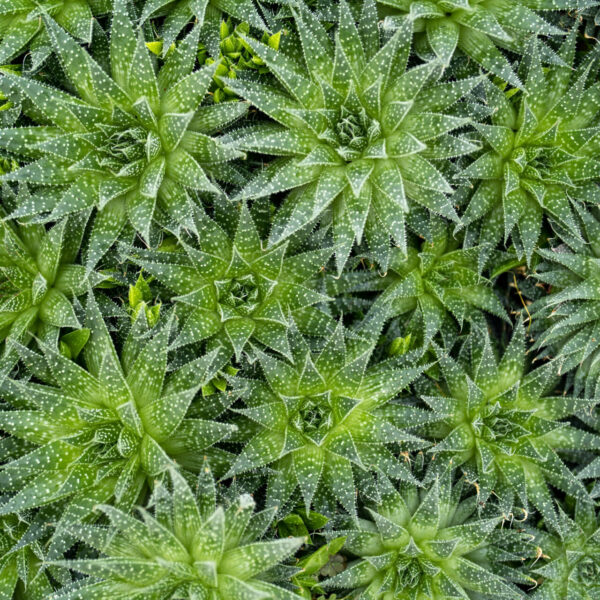Quercus suber (Cork Oak)
If you want the essence of the Mediterranean, all you need is a grove of the wonderful Cork Tree. 20ft after 20 years. Tough, reliable, beautiful and unaccountably rare. Please contact us for stock availability and sizes.

Hardiness level Amber
The wonderful cork tree is rarely seen in Britain which is odd because it's beautiful, easy to grow and reminds everyone of their holiday in Portugal. Best place to see well established ones are Cowes (Prince Albert was mad about them and planted them at Osborne House and everyone on the Isle of Wight copied him) and Goodwood House north of Chichester. They're near the house and must be 300 years old. We grow them from acorns but most of the bigger ones we sell come from Italy. They're field grown and as all oaks dislike having their roots disturbed, they have to be cut back quite hard in order to survive this ordeal.
Once in the ground they establish quite quickly (a smaller tree than their cousin the Holm Oak but faster growing when young) but one of the best reasons for growing this tree is to enjoy its tight rounded head when mature. A well grown cork from middle age onwards is - from a distance - a gigantic piece of broccoli. Very shapely. They're much thinner in the foliage than the Holm Oak (Quercus ilex), letting more light in and we have to mention their behaviour in the month of May. We coined an expression recently : "May is evergreen's autumn". It's merely emphasising the fact that evergreens drop their leaves but not in the autumn - mostly in early summer. May to be precise. They all do this to some extent but Cork Oaks more than any - even to the point of having a deciduous moment, especially when first planted and under a bit of stress. Oddly enough, very often the ones that look the worst in May, often look the best when covered in lovely new foliage by early June.
A well known garden designer (who's name is secret) once had 8 Cork Oaks as the main anatomy of his garden at the Chelsea Flower Show. By the time the show opened (late May) they were more or less leafless. A lesser man probably would have been carted off in a strait jacket and spent the rest of his days frothing at the mouth but he was of sterner stuff and 'moved on'. We always advise budding garden designers never to use Cork Oaks at the Chelsea Flower Show. They will reach about 20ft in 10 to 15 years and yet, even when a century old, rarely reach much more than 35ft tall.
There's a nice little one in the Carfax in Horsham that we supplied to the local council in about 1997 at a height of about 14ft and quite narrow. A fine example now. It's near the entrance to a covered shopping area - Swan Walk. Also, a fine old grove can be seen on the south side of the A272, travelling east (you, not the trees) about a quarter of a mile before the Buck Barn crossroads on the A24. You can only see them when travelling east. Particularly beautiful and shapely in June and July.
Many organisms live on oak trees and their leaves are rarely perfect. Before the leaves drop in late spring and early summer the oldest leaves will often display signs of habitation - usually galls or spots. These leaves have done their job and are about to drop. When newly planted and not fully established, evergreen oaks will sometimes drop leaves before the new growth appears. May is evergreen's autumn. They're often not at their best at that time of year but the transformation from looking a bit sorry for itself in May and extremely pleased with itself by early June is always a joy to behold. If you're concerned about infected leaves, sweep them up when they drop and burn them.
Propagated by seed (acorns, of course).
N.B. When clipping several plants with the same tool, have a bucket containing a 5% bleach solution and swish your blades around for 30 seconds between plants to sterilise them. This will help avoid the chance of cross contamination of disease.
As with all woody plants, plant high, exposing as much of the taper at the base of the trunk as possible. Allowing soil to accumulate round the base of a tree can be fatal. Keep very well watered when first planted.
Additional Information |
|
|---|---|
| Soil Type | |
| Light | |
| Plant Type | |
| Continent of Origin | |
| Specialist Plants | |
| Features | |
| Tree Size | |
| Situation | Coastal, Exposed (To wind and sun), Mild City Gardens, Plants for Pots, Sheltered Garden |
| Hardiness | |





